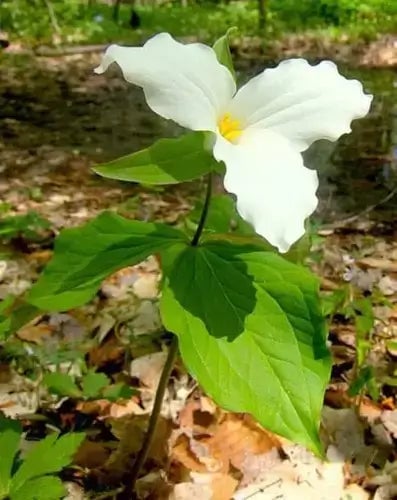With its towering height and expansive canopy, the sycamore tree offers numerous benefits that make it a standout in any garden. Its distinctive bark, which peels away to reveal a creamy white, gray, and green patchwork, is visually striking and a hallmark of this tree's character. As it matures, the sycamore transforms into a living sculpture, offering shade, beauty, and ecological value. But what are the actual benefits of planting a sycamore tree, and is it the right choice for your landscape?
What are the benefits of a sycamore tree?
A sycamore tree provides several key advantages, not just to your yard but to the environment. One of its greatest assets is its impressive size. It can reach heights up to 100 feet and become a natural focal point, creating a grand presence. This makes it a perfect addition to large properties or areas that need a commanding shade tree.
The canopy of a sycamore is vast and dense, offering abundant shade. This can be a much-needed retreat for you and the wildlife on hot summer days. Birds, squirrels, and other small creatures find shelter in their branches while the ground beneath remains cooler, offering a respite from the sun. This shade also helps lower the surrounding area's temperature.

Beyond its shade, the sycamore is a vigorous tree known for its pollution resistance, making it ideal for urban and suburban settings. Its ability to thrive in less-than-perfect soil conditions, such as compacted or clay-heavy soils, makes it a resilient choice. It even withstands occasional flooding, adding to its versatility as a landscape tree.
Do sycamore trees need a lot of water?
Sycamore trees are native to riverbanks and floodplains, which naturally suggests they thrive in moist conditions. While they are incredibly tolerant of wet soil, they can adapt to less water once established. However, in the early stages of growth, sycamores will require consistent watering to develop a robust root system. Ensuring the soil remains evenly moist is critical during these formative years.
Once the tree matures, it becomes more drought-tolerant, although watering during extended dry spells will help maintain its health and vitality. The sycamore's natural preference is for areas that receive regular rainfall, so it will naturally flourish in locations where moisture is plentiful. If you live in an arid region or experience prolonged dry seasons, supplemental watering might be necessary to keep the tree at its best. However, in temperate or wetter climates, nature often provides all the hydration this tree requires.
Is a sycamore tree a good yard tree?
Sycamore trees can be a fantastic addition to a yard, especially if you're looking for a large shade tree to create a natural canopy. Their beauty lies in their height, expansive crown, unusual bark, and broad leaves. In the fall, the foliage turns a soft golden, adding seasonal interest before they fall, creating a natural mulch around the tree's base.
A sycamore can be a commanding focal point in your landscape if you have ample space. It works well in more open areas, where its size and canopy can be appreciated. While it may seem too large for small urban backyards, it can transform more significant suburban or rural properties into more dynamic spaces.
Sycamore trees also make excellent boundary trees, serving as natural windbreaks or privacy screens when allowed to grow in vast, open areas. Just keep in mind the sycamore's broad reach-its branches and roots extend far, so planting them away from structures, driveways, or sidewalks is advisable to avoid potential issues as the tree matures.
Are sycamore trees high maintenance?
Despite their size, sycamore trees are relatively low-maintenance once established. In the early years, providing adequate water and ensuring the tree has room to grow without competition from nearby plants is crucial. Regular mulching around the base will help retain moisture and prevent weeds from crowding the tree. Occasional canopy thinning can improve airflow and reduce the risk of fungal issues, which sycamores can sometimes experience in humid climates.
Sycamores are known to drop many leaves and seed balls in the fall, which can create some cleanup work. However, many gardeners appreciate this organic matter, as it can be left to decompose and enrich the soil beneath the tree. Regular raking will be necessary during the fall season if you prefer a tidier yard.
While robust and beneficial for preventing erosion, the tree's roots can grow large and spread widely. As long as the sycamore is planted in an area with sufficient space away from underground infrastructure, the roots should not pose any problems.
Overall, sycamore trees offer substantial beauty, shade, and environmental benefits while requiring only moderate care. They may not be ideal for small spaces or those who prefer a low-litter yard, but they can provide a lifetime of natural elegance and utility in the right setting.
Read more

If you're considering planting a redwood tree, it's more than adding a beautiful specimen to your garden. It's about creating a legacy that will likely outlive you and provide a touchstone for the ...

Great White Trillium, which also goes by Trillium grandiflorum, is a perennial wildflower found throughout North America. It grows under environmental conditions, making white Trillium one of the b...



